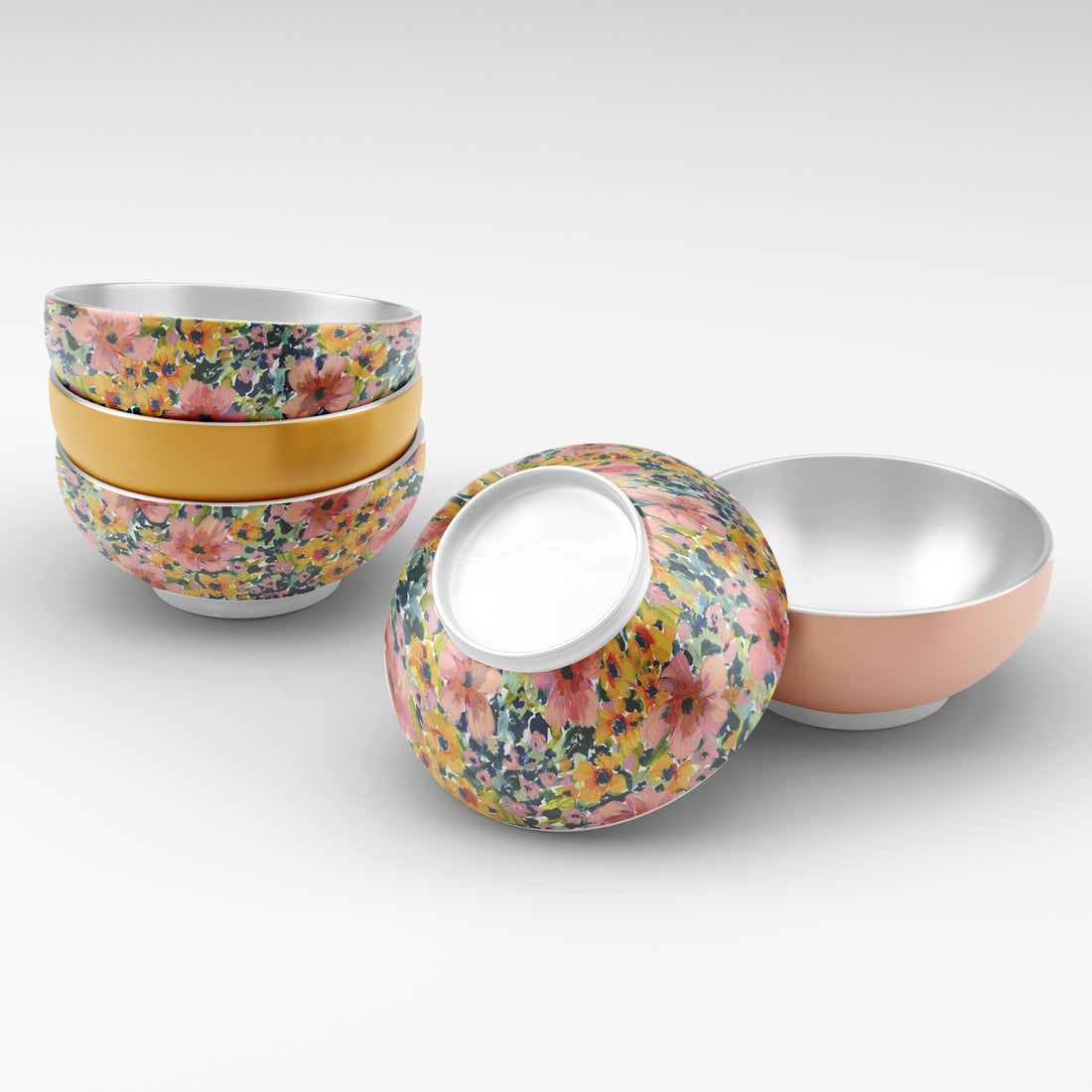|
One strategy for you, seeking broader exposure and financial success is art licensing. Partnering with brands can provide a good platform for you to showcase your talent and secure opportunities. |
|
Understand the basics:
Art licensing is the process of granting permission to use your work in various commercial applications, such as product designs, packaging, apparel, home decor, and more. By partnering with brands, you can leverage the brand's extensive reach and resources to gain access to a wider audience and establish yourself as a recognized creator.
|
|
Develop a Strong Artistic Identity:
Before approaching brands, it's good for you to establish your artistic identity. Developing a consistent and recognizable style helps brands understand what unique value you bring to the table. Building a strong portfolio that showcases a diverse range of your artwork will also demonstrate your versatility and creativity, making it more appealing to potential brand partners.
|
|
Research and Identify Suitable Brands: Thorough research is essential for you to identify brands that align with your vision and target audience. Look for brands that share similar values, aesthetics, and target demographics. Analyze their existing product lines and collaborations to assess if your artwork would be a good fit. It's essential for you to understand the brand's ethos and target market to ensure a successful partnership.
|
|
Create a Compelling Pitch: Crafting a compelling pitch is vital for you to capture the attention of brands. Start by introducing yourself and your artistic journey, emphasizing your unique style and what sets you apart. Showcase your portfolio, highlighting pieces that resonate with the brand's aesthetic. Clearly articulate the potential benefits of a partnership, such as how your artwork can enhance their products or bring a fresh perspective to their brand identity. |
|
Network and Seek Opportunities: Networking plays a pivotal role in the art licensing process. Attend industry events, art exhibitions, and trade shows where big brands and licensing agents are present. Connect with professionals in the field, including licensing managers, art directors, and agents, to expand your network. Online platforms and social media can also be valuable tools for you to connect with potential partners.
|
|
Protect Your Intellectual Property: As an artist, it's crucial for you to safeguard your intellectual property rights throughout the licensing process. Before entering into any agreement, consult with a legal professional who specializes in art licensing to ensure your rights are protected. Understand the terms and conditions of any licensing agreement and negotiate fair compensation for the use of your artwork.
|
|
Maintain Professionalism and Collaboration: Once you've secured a licensing partnership, maintaining professionalism and open communication is key. Collaborate closely with the brand to ensure your artwork aligns with their requirements and vision. Be receptive to feedback and actively participate in the creative process, fostering a positive working relationship. |
|
|

